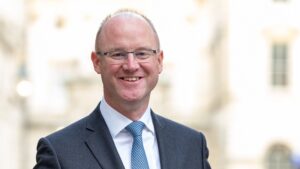The group’s headline loss was the primary driver of a 5.54% fall in its shares to 697p by mid-morning.
The British luxury automobile brand recorded its largest loss ever over 2016, with reported pre-tax profit 49% lower compared with the year prior. On an underlying basis, however, profit before tax was £813m relative to £1.4bn in 2015.
Some of these headwinds, including the costs associated with its transformation programme, “transpired broadly as expected.” But a weaker pound to dollar exchange rate after the EU Referendum, which negatively affected its currency hedge book to the tune of £4.4bn, and £671m in penalties incurred in January 2017 because of historic bribery claims, produced further unexpected pain for the automobile maker.
By contrast, reported revenue was surprisingly higher than expected, growing by 9% to £15bn, unaffected by the non-cash mark-to-market valuation adjustment from weaker sterling that was a big factor in the overall loss.
Despite the blowback from its headline earnings, the group confirmed it would maintain its full year dividend guidance of 11.7p and deliver on a final payment to shareholders of 7.1p.
Just last year, Rolls-Royce slashed its dividend by 50% on the back of far less disappointing underlying profits, the first cut it had made in nearly a quarter of a century.
Taking the results in his stride, chief executive Warren East said that “it is now time to look further ahead.”
“2016 has been an important year as we accelerated the transformation of Rolls-Royce,” East stated. “Despite the significant market and aerospace product transition challenges identified in 2015, we have made operational progress and performed ahead of our expectations for the year as a whole. At the same time, we have delivered major changes to our management and processes and, while we have made good progress in our cost cutting and efficiency programmes, more needs to be done to ensure we drive sustainable margin improvements within the business.”
For 2017, he expects to see “modest performance improvements” and free cash flow “similar” to 2016’s £100m.







